Ottawa, the capital of Canada, is a city that wears its history like a badge of honor. It’s a place where the past and present collide in the most delightful ways, offering visitors a unique blend of culture, politics, and natural beauty. But amidst its many attractions, one place stands out as the crown jewel—Parliament Hill. Did you know that Ottawa’s most visited attraction welcomes over 3 million visitors annually? This iconic site isn’t just a tourist hotspot; it’s a symbol of Canadian democracy and a testament to the nation’s rich heritage. From the Gothic Revival architecture to the daily Changing of the Guard ceremony, Parliament Hill is a must-see for anyone visiting Ottawa. Renowned travel writer Rick Steves once described it as "the heart of Canada’s political soul," while historian Pierre Berton called it "a living monument to the nation’s journey." Even Margaret Atwood, Canada’s literary icon, has referenced its grandeur in her works. So, what makes Parliament Hill so special? Let’s find out.
Parliament Hill: The Heart of Ottawa
Parliament Hill isn’t just a collection of buildings; it’s the beating heart of Canada’s political and cultural identity. The construction of this iconic site began in 1859, and it has since become a symbol of Canadian governance. The Centennial Flame, lit in 1967 to mark Canada’s 100th birthday, is a reminder of the nation’s enduring spirit. But it’s not just the history that draws people in—it’s the architecture. The Gothic Revival style of the buildings, including the Peace Tower, is a testament to Canada’s architectural heritage. The Library of Parliament, with its intricate woodwork and stunning design, is a highlight for visitors. Free guided tours offer insights into Canada’s political system and history, making it an educational experience as well as a visual one. And if you’re lucky enough to visit during the summer, the Sound and Light Show is a must-see. It’s like watching history come alive, with lights and music telling the story of Canada’s journey. So, whether you’re a history buff, an architecture enthusiast, or just someone looking for a great photo op, Parliament Hill has something for everyone.
Historical Significance
The construction of Parliament Hill began in 1859, and it has since become a symbol of Canadian governance. Key events, such as the Centennial Flame lighting in 1967, have cemented its place in Canadian history.
Architectural Marvel
The Gothic Revival style of the buildings, including the Peace Tower, is a testament to Canada’s architectural heritage. The Library of Parliament, with its intricate woodwork and stunning design, is a highlight for visitors.
Visitor Experience
Free guided tours offer insights into Canada’s political system and history. The Sound and Light Show during summer evenings is a must-see attraction.
The Rideau Canal: A UNESCO World Heritage Site
Imagine a 202-kilometer-long liquid highway where 19th-century soldiers, modern-day kayakers, and winter speed demons all share the same historic path. That’s the Rideau Canal—Ottawa’s frozen playground in winter and liquid serenity in summer. Built between 1826–1832 (yes, before Canada was even a country), this engineering marvel was originally meant to shuttle troops safely away from pesky American invaders. Today, it shuttles Instagram influencers toward perfect sunset selfies.
Historical and Cultural Importance
Colonel John By of the Royal Engineers didn’t just dig a ditch—he created North America’s oldest continuously operated canal system. The Rideau’s 47 locks still operate manually, cranking open like stubborn pickle jars. In 2007, UNESCO slapped a World Heritage Site badge on it, putting it in the same league as the Pyramids of Giza (but with fewer camels and more beavers).
Seasonal Attractions
- Winter: The canal morphs into the world’s largest skating rink (7.8 km of ice!). Locals treat it like a frozen highway—commuting to work on skates while clutching Tim Hortons coffees.
- Summer: Rent a kayak or pedal boat, or just picnic beside locks that move slower than Ottawa’s government bureaucracy.
Local Impact
The canal isn’t just pretty—it’s Ottawa’s liquid spine. Cyclists weave along its paths, Facebook groups obsess over ice thickness, and at least one marriage proposal happens weekly near the #RideauCanal hashtag. Pro tip: Try a “Beavertail” pastry from a canal-side shack—it’s Canada’s answer to the cronut.
The National Gallery of Canada: A Cultural Gem
If Parliament Hill is Ottawa’s brain, the National Gallery is its soul—wrapped in glass and topped with a spider the size of a minivan. Designed by starchitect Moshe Safdie, this gallery houses 75,000 artworks, including Indigenous carvings, Group of Seven landscapes, and that one painting your kid could’ve made (but didn’t).
Art Collection
The gallery’s crown jewel? The Canadian and Indigenous galleries, where totem poles stand taller than hockey players. Don’t miss the Maman spider sculpture outside—it’s either haunting or hilarious, depending on your arachnophobia level.
Exhibitions and Events
Rotating exhibits range from Van Gogh’s swirls to Inuit throat-singing performances. Thursdays feature free admission after 5 PM—perfect for budget-conscious art lovers or first-date awkwardness.
Visitor Experience
The gallery’s Instagram-worthy spaces include a glass-domed chapel for art meditation and a café with views of Parliament Hill. Fun fact: The gallery’s library has art books so heavy, they count as cardio.
ByWard Market: Where Ottawa Comes Alive
Picture this: the scent of fresh-baked BeaverTails mingling with the sounds of street musicians, while historic brick buildings house everything from indie boutiques to late-night poutine joints. That's ByWard Market – Ottawa’s 200-year-old beating heart where farmers, artists, and foodies collide. Unlike stuffy museums (we love you, National Gallery), this place thrums with raw energy. Pro tip: Come hungry and leave with maple syrup souvenirs.
From Horse-Drawn Carts to Hipster Hangouts
Founded in 1826 by Lieutenant-Colonel John By (yes, the Rideau Canal guy), this was originally Ottawa’s gritty provisioning hub. Today, it’s where you’ll find:
- The 3 a.m. poutine pilgrimage at Smoke’s Poutinerie, where cheese curds squeak louder than the revelers
- Secret speakeasies disguised as barber shops (shhh – try Union 613)
- Indigenous art galleries like Art Inuit nestled beside viral TikTok food stalls
Must-Do’s Before You Leave
Don’t just wander – attack the Market like a local:
- Morning: Grab a maple latte at Minima Coffee and watch vendors set up at the open-air market
- Afternoon: Hunt for vintage vinyl at Vertigo Records or Diefenbunker-era propaganda posters
- Night: Down a "Caesar" cocktail (Canada’s spicier Bloody Mary) at The Keg Manor, then stumble into a silent disco at Barrymore’s
| Stat | Why It Matters |
|---|---|
| 600+ businesses | More variety than a Toronto mall, but with actual character |
| 1826 founding year | Older than Canada itself – these cobblestones have stories |
| 75% local vendors | Your money stays in Ottawa, not some corporate HQ |
Canadian Museum of History: Time Travel Without the DeLorean
Just across the Alexandra Bridge in Gatineau, the Canadian Museum of History isn’t some dusty relic cabinet. Designed by Indigenous architect Douglas Cardinal, its flowing curves mimic the Ottawa River – a poetic contrast to Parliament’s rigid spires. Inside? A 20,000-year journey from woolly mammoths to Walkmans.
Exhibits That’ll Give You Goosebumps
The Grand Hall alone is worth the trip: six-story totem poles tower over reconstructed Indigenous longhouses, their cedar scent lingering in the air. Meanwhile, the Canadian History Hall serves raw, unfiltered history – including the dark chapters like residential schools. Pro tip: The museum’s Children’s Museum lets kids "travel" to global markets via pretend passports – genius parenting hack.
Why Locals Secretly Love It
- Free Thursday nights from 5-8 pm (shh, tourists haven’t caught on yet)
- The 180° IMAX theater shows nature docs that make you feel tiny in the universe
- Rooftop views of Parliament that outshine any Instagram influencer’s shot
| Era | Showstopper |
|---|---|
| Pre-Contact | Haida argillite carvings older than the Pyramids |
| 1867 | Sir John A. Macdonald’s actual whiskey flask (explains a lot) |
| 1980s | Terry Fox’s prosthetic leg – tissue box needed |
AI Solutions: How Could AI Help?
Imagine a world where your visit to Ottawa is not just a trip but a seamless, personalized experience tailored to your interests, preferences, and even your mood. Artificial Intelligence (AI) has the potential to transform Ottawa’s tourism industry, making it more accessible, engaging, and efficient. Here’s how AI could revolutionize the way we explore Canada’s capital:
Personalized Itineraries
AI algorithms could analyze your travel history, interests, and even your social media activity to create a custom itinerary. Whether you’re a history buff, an art enthusiast, or a foodie, AI could suggest the perfect mix of attractions, restaurants, and activities. For example, if you’ve shown an interest in Indigenous culture, the AI might recommend a visit to the Canadian Museum of History or a guided tour of the Indigenous Experiences program.
Virtual Reality Tours
What if you could explore Parliament Hill or the Rideau Canal from the comfort of your home? AI-powered virtual reality (VR) tours could make this a reality. Using 360-degree cameras and AI-driven narration, these tours could provide an immersive experience that rivals an in-person visit. This would be especially beneficial for those who are unable to travel due to physical or financial constraints. Companies like Oculus and Microsoft HoloLens are already pioneering this technology, and Ottawa could be at the forefront of its application in tourism.
Real-Time Crowd Management
One of the biggest challenges for popular attractions like Parliament Hill is managing crowds. AI could monitor foot traffic in real-time using sensors and cameras, then suggest less crowded times to visit. This would not only improve the visitor experience but also reduce wear and tear on the sites. The IBM Watson platform could be leveraged to analyze this data and provide actionable insights.
Language Translation
Ottawa attracts visitors from all over the world, and language barriers can sometimes be a challenge. AI-driven translation tools could provide real-time information in multiple languages, making the city more accessible to international tourists. Google’s Translate and Microsoft’s Translator are already making strides in this area, and integrating these tools into Ottawa’s tourism infrastructure could be a game-changer.
Predictive Maintenance
Keeping Ottawa’s attractions in top condition is crucial for a positive visitor experience. AI could predict maintenance needs before they become issues, ensuring that sites like the Rideau Canal and Parliament Hill are always ready for visitors. Companies like Siemens and GE Digital are already using AI for predictive maintenance in various industries, and Ottawa could benefit from their expertise.
Action Schedule/Roadmap
To bring these AI solutions to life, a detailed roadmap is essential. Here’s a step-by-step plan to implement AI in Ottawa’s tourism industry:
- Day 1: Assemble a team of AI experts, historians, and tourism professionals to outline project goals. Key personnel could include representatives from IBM, Microsoft, and local universities like the University of Ottawa.
- Day 2: Begin data collection on visitor patterns and preferences at Ottawa’s top attractions. This could involve installing sensors and cameras at key locations and analyzing existing tourism data.
- Week 1: Develop AI algorithms for personalized itineraries and VR tours. Collaborate with tech companies like Oculus and Microsoft HoloLens to create immersive experiences.
- Week 2: Test AI tools with a small group of visitors and gather feedback. Use this feedback to refine the algorithms and improve the user experience.
- Month 1: Launch a pilot program for AI-driven crowd management at Parliament Hill. Use data from the pilot to optimize the system and prepare for a wider rollout.
- Month 2: Expand AI tools to include language translation and predictive maintenance. Partner with Google Translate and Siemens to integrate these features into Ottawa’s tourism infrastructure.
- Year 1: Implement AI solutions across all major attractions in Ottawa. Monitor the impact on visitor satisfaction and make necessary adjustments.
- Year 1.5: Evaluate the impact of AI on visitor satisfaction and make necessary adjustments. Use this data to refine the algorithms and improve the overall experience.
- Year 2: Scale the project to include other Canadian cities, creating a national AI tourism network. Collaborate with Government of Canada and provincial tourism boards to ensure a seamless integration.
Ottawa’s Future: A City Transformed by AI
Ottawa is more than just a city; it’s a living, breathing testament to Canada’s history, culture, and innovation. With the integration of AI, Ottawa’s tourism industry is poised to reach new heights, offering personalized, accessible, and unforgettable experiences for all. Imagine strolling through Parliament Hill with a virtual guide tailored to your interests, or exploring the Rideau Canal in VR from the comfort of your home. These are not just futuristic dreams but tangible possibilities that could become reality within the next few years.
AI has the power to transform not just how we travel but how we connect with the world around us. By leveraging cutting-edge technology, Ottawa can set a new standard for tourism, making it a model for cities around the globe. Whether you’re a first-time visitor or a lifelong resident, the charm and beauty of Ottawa are sure to leave a lasting impression. And with AI, that impression will be deeper, richer, and more personal than ever before.
So, what are you waiting for? Start planning your next trip to Ottawa and experience the future of tourism today. And don’t forget to subscribe to our newsletter for more insights and updates on the latest in travel and technology. Become a permanent resident of iNthacity: the "Shining City on the Web", and join the conversation about how we can make the world a better place, one trip at a time.
FAQ
Q1: What is the best time to visit Parliament Hill?
Summer is the best time to visit Parliament Hill. You can enjoy the daily Changing of the Guard ceremony and the spectacular Sound and Light Show that lights up the buildings at night. The weather is also perfect for exploring the grounds and taking in the views of the Ottawa River.
Q2: Is the Rideau Canal open year-round?
Yes, the Rideau Canal is open year-round. In winter, it transforms into the world’s largest skating rink, while in summer, it’s a hub for boating, kayaking, and cycling. Each season offers a unique way to experience this UNESCO World Heritage Site.
Q3: Are there guided tours at the National Gallery of Canada?
Yes, the National Gallery of Canada offers guided tours that provide fascinating insights into its vast collection of over 75,000 works. These tours are a great way to learn about Canadian and Indigenous art, as well as international masterpieces.
Q4: What is ByWard Market known for?
ByWard Market is known for its vibrant atmosphere, diverse food options, and lively nightlife. Established in 1826, it’s one of Canada’s oldest and largest public markets. Visitors can enjoy everything from fresh local produce to iconic treats like BeaverTails.
Q5: How can AI improve the visitor experience in Ottawa?
AI can enhance the visitor experience in Ottawa in several ways:
- Personalized Itineraries: AI can create custom plans based on your interests.
- Virtual Reality Tours: Explore Ottawa’s attractions from anywhere in the world.
- Real-Time Crowd Management: AI can suggest less crowded times to visit popular spots.
- Language Translation: AI tools can provide information in multiple languages for international visitors.
- Predictive Maintenance: AI can ensure attractions are always in top condition.
Q6: What is the Canadian Museum of History known for?
The Canadian Museum of History is known for its extensive exhibits on Canada’s history, from Indigenous cultures to modern times. The Grand Hall, with its towering totem poles, is a must-see. The museum also features a Children’s Museum, making it a great destination for families.
Q7: Can I visit the Library of Parliament?
Yes, the Library of Parliament is open to the public as part of the free guided tours of Parliament Hill. Its stunning architecture and intricate woodwork make it a highlight of any visit to Ottawa.
Q8: What are some must-try foods in ByWard Market?
ByWard Market is a foodie’s paradise. Here are some must-try foods:
- BeaverTails: A Canadian pastry that’s fried and topped with sweet treats.
- Poutine: Fries topped with cheese curds and gravy, a Canadian classic.
- Local Produce: Fresh fruits, vegetables, and artisanal products from local vendors.
Q9: How do I get around Ottawa to visit these attractions?
Ottawa has a reliable public transportation system operated by OC Transpo, which includes buses and the O-Train. Many attractions are also within walking distance of each other, especially in the downtown area. Biking along the Rideau Canal is another popular option.
Q10: Are there any free attractions in Ottawa?
Yes, many of Ottawa’s top attractions are free or have free admission days. These include:
- Parliament Hill: Free guided tours and the Sound and Light Show.
- Rideau Canal: Free to walk, skate, or bike along.
- National Gallery of Canada: Free admission on Thursday evenings.
- ByWard Market: Free to explore and enjoy the vibrant atmosphere.
Wait! There's more...check out our gripping short story that continues the journey: The Peace Tower Exploded at Exactly 3:17 P.M.
Disclaimer: This article may contain affiliate links. If you click on these links and make a purchase, we may receive a commission at no additional cost to you. Our recommendations and reviews are always independent and objective, aiming to provide you with the best information and resources.
Get Exclusive Stories, Photos, Art & Offers - Subscribe Today!

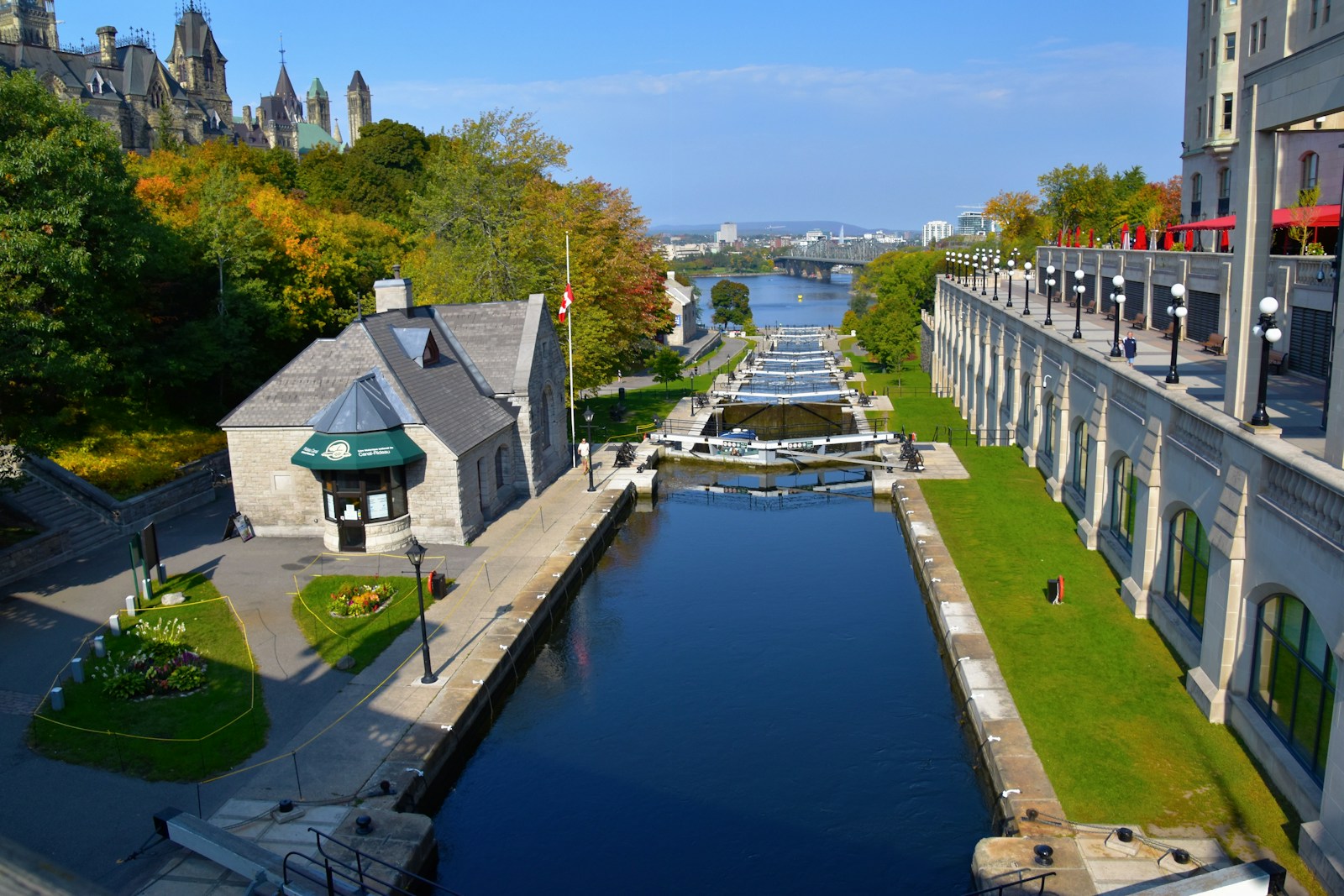
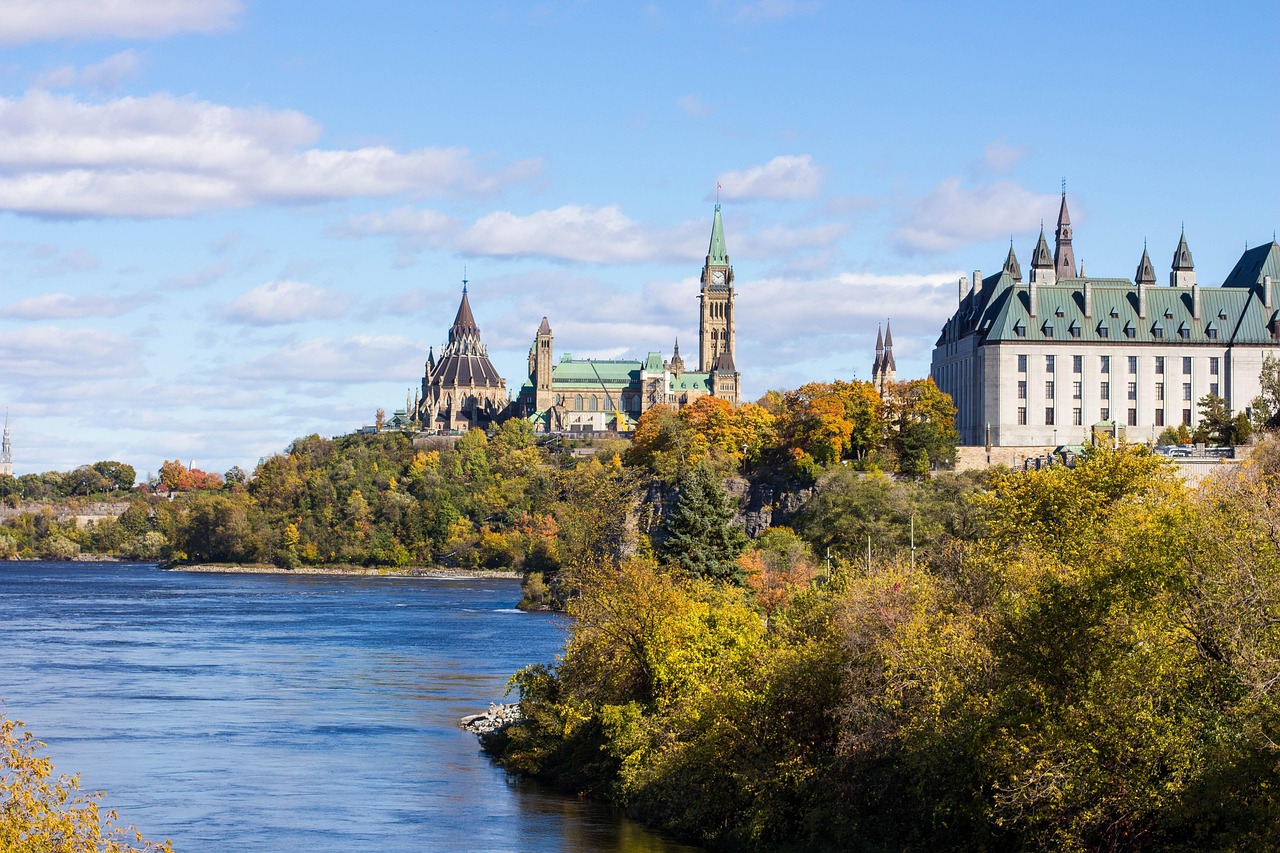
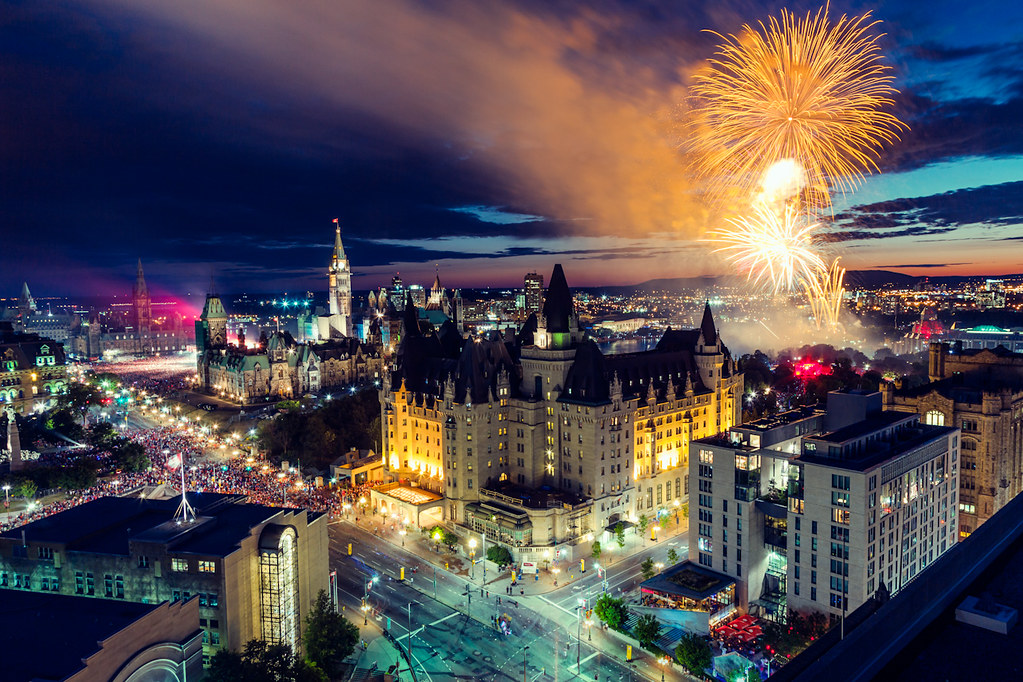
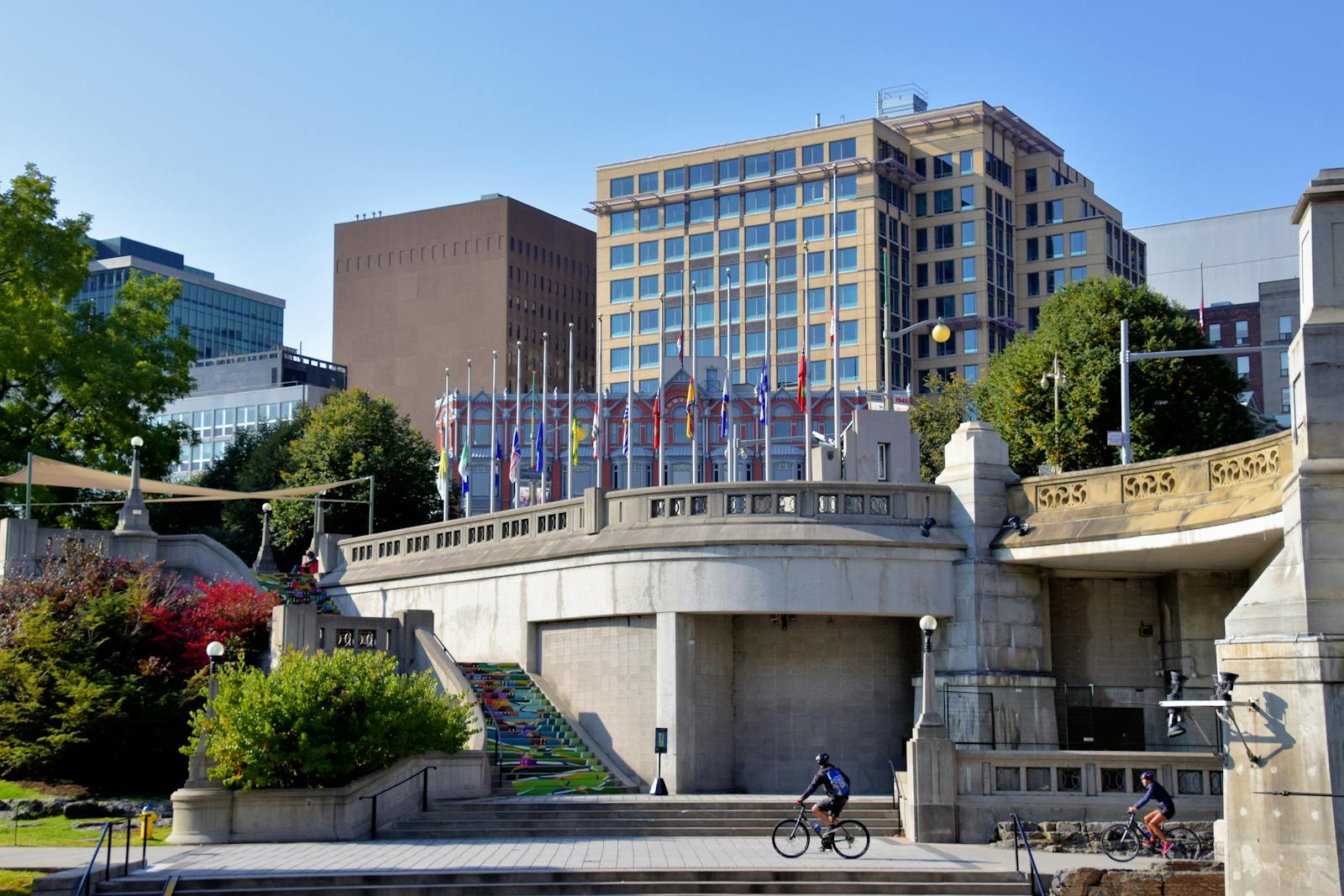
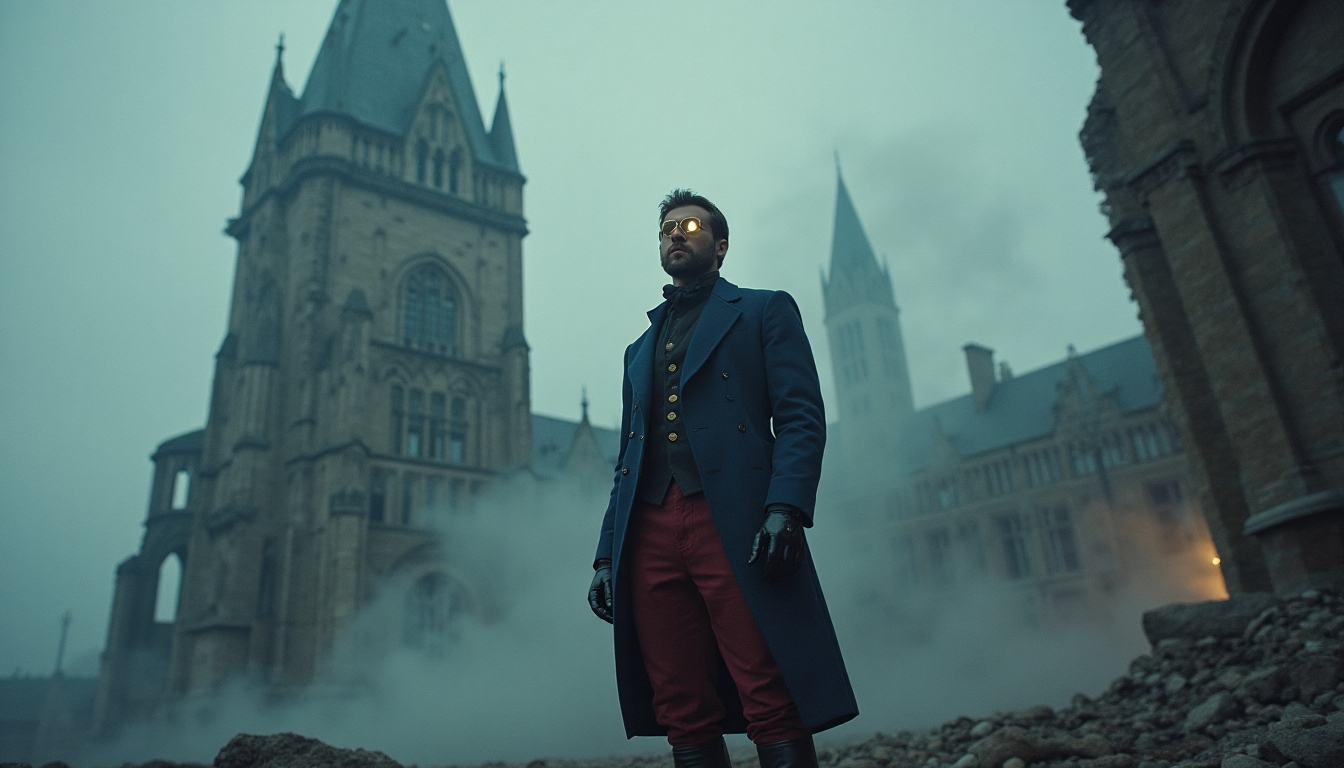
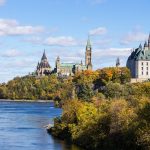
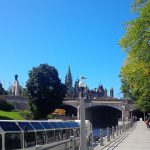
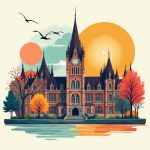
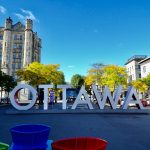
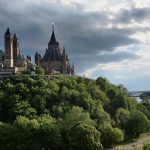
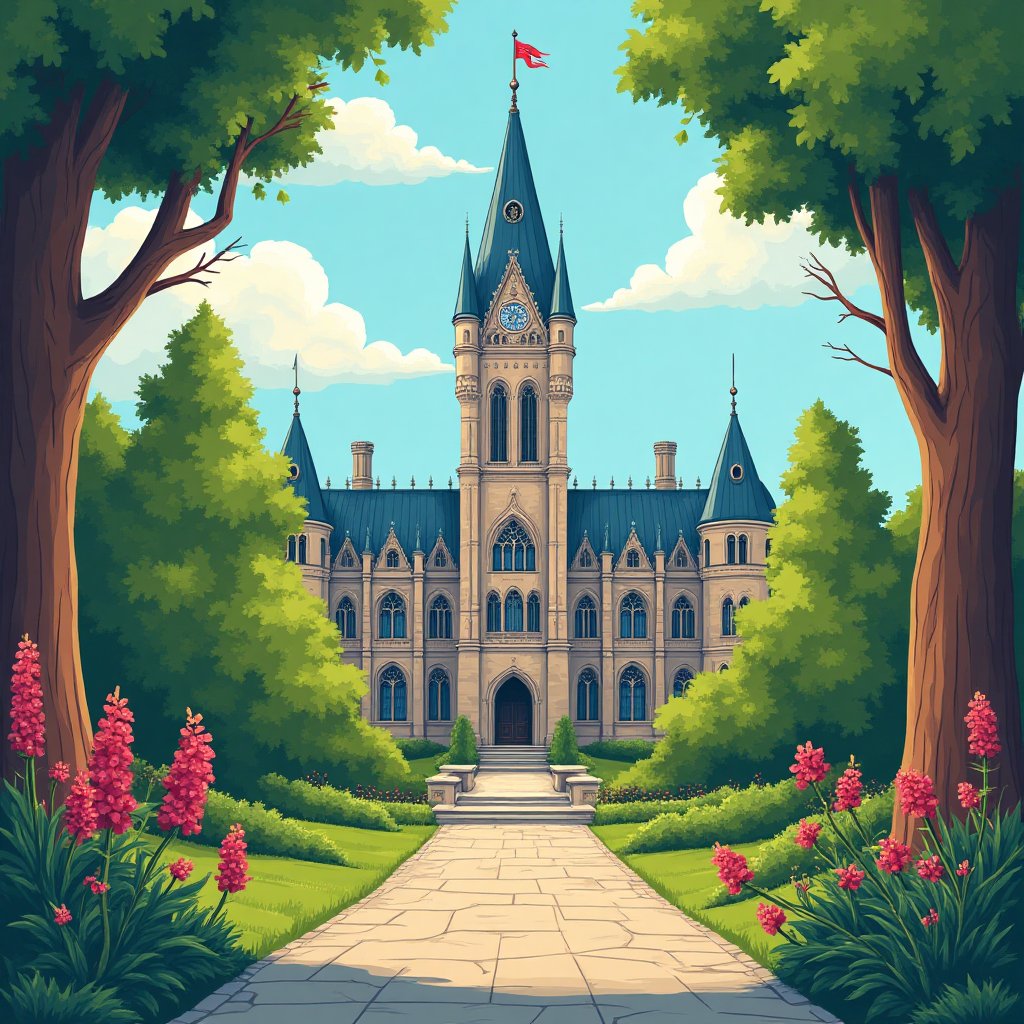
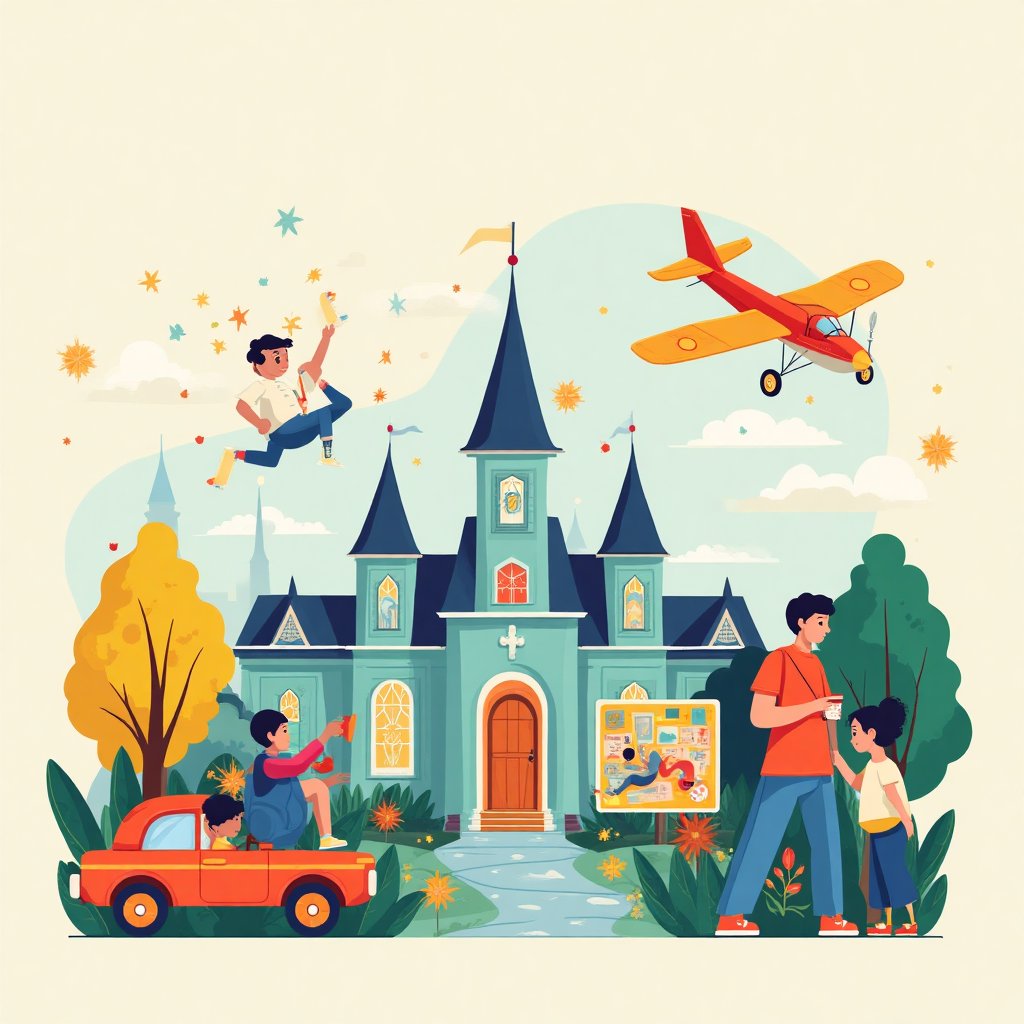
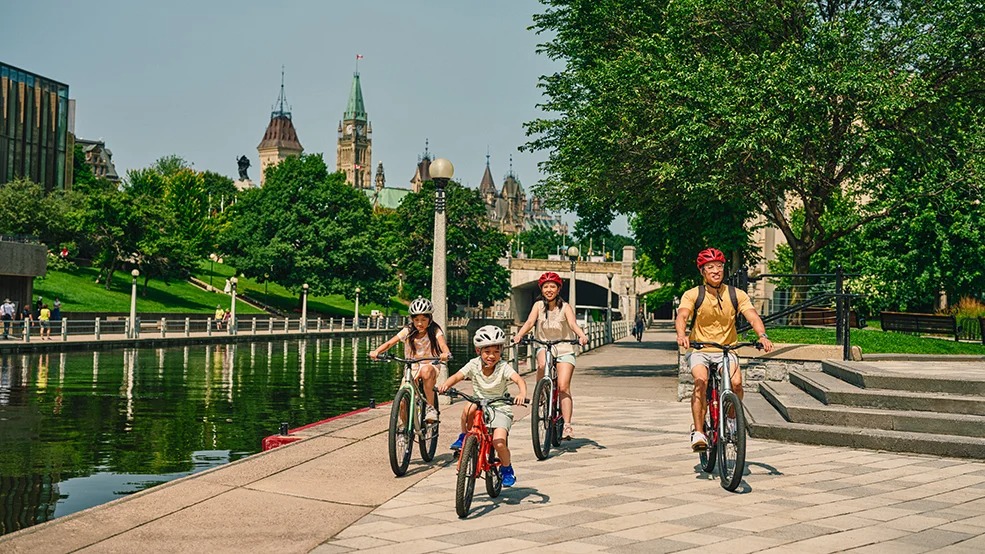















1 comment